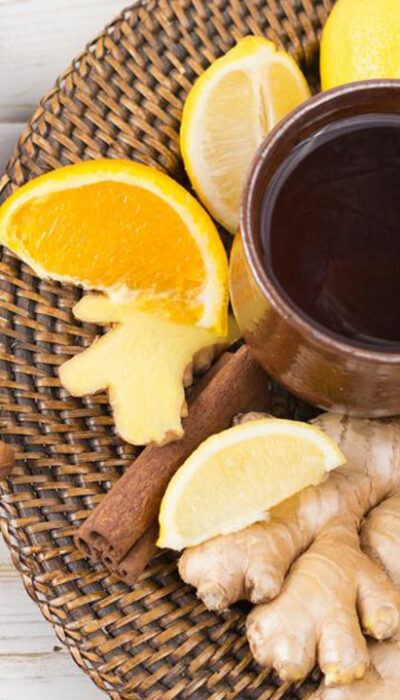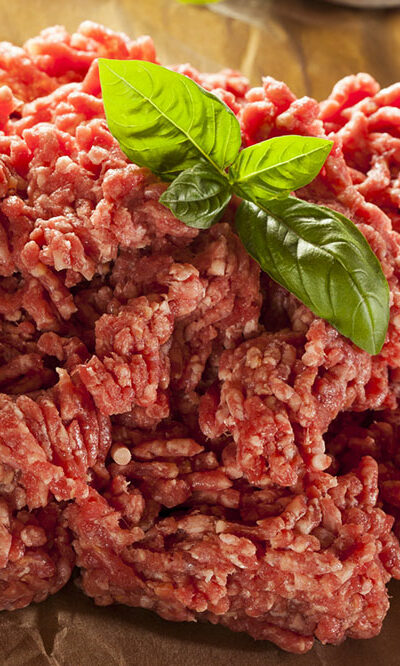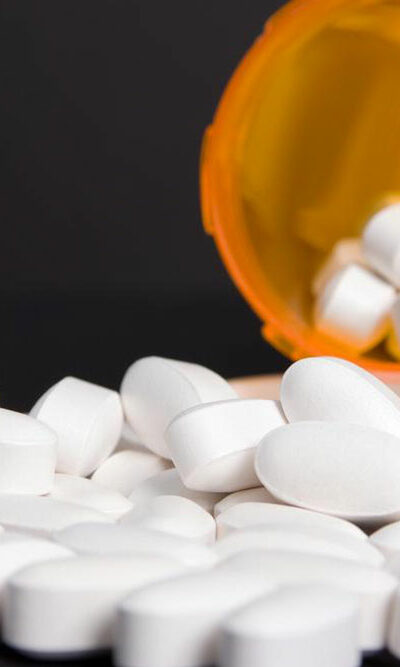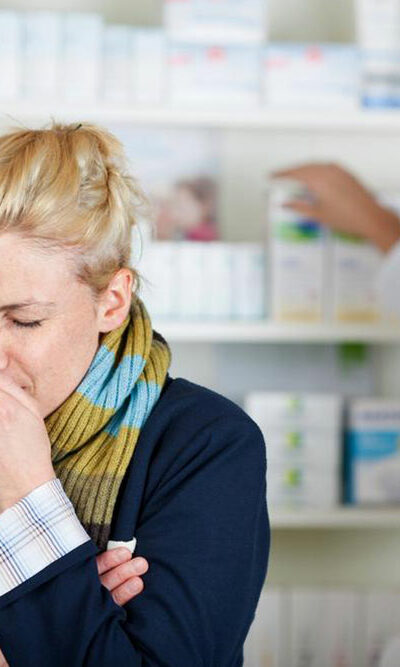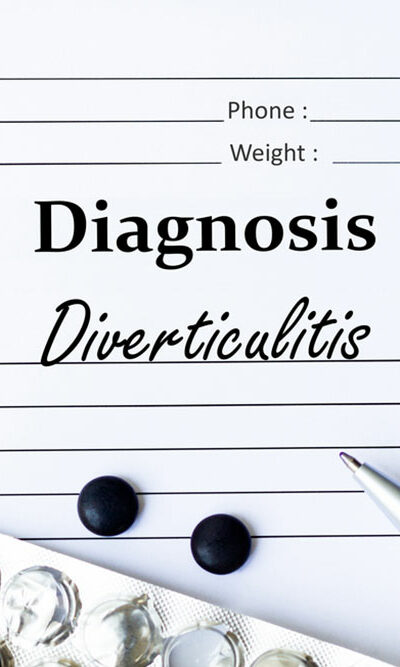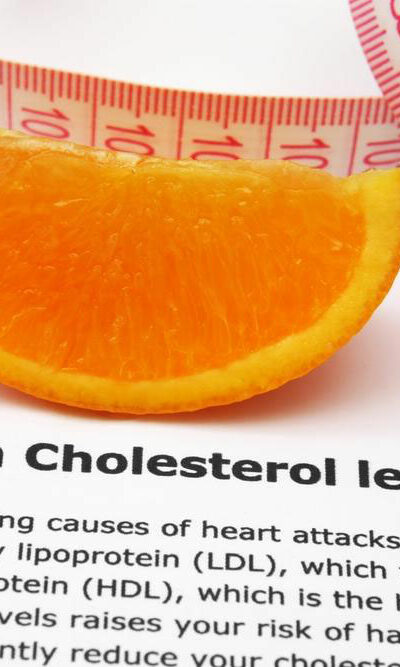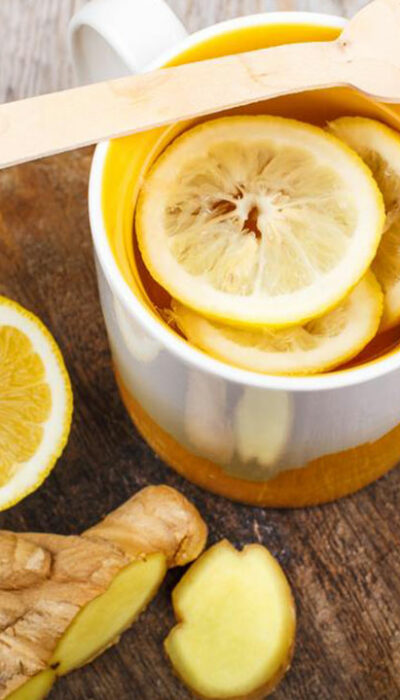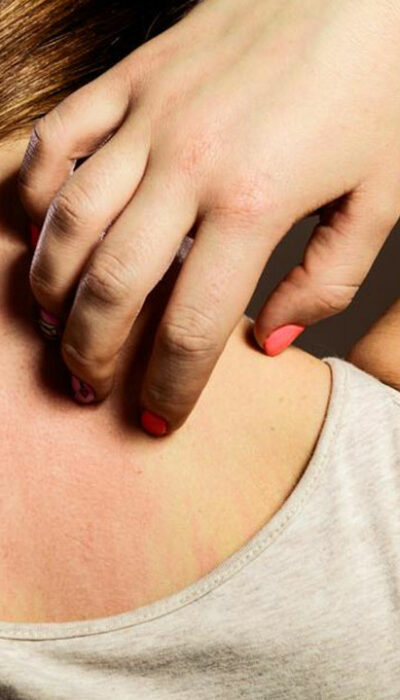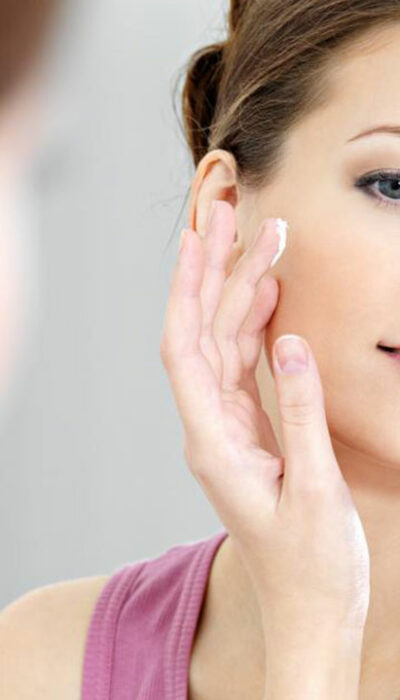
Everything You Need to Know About Age Spots
Age spots have several names such as liver spots, dark spots, or even sunspots. These are blotches on skin that appear due to aging or even exposure of the skin to sun’s harmful ultraviolet radiations. The areas that are most affected by these age spots include hands, face, arms, neck, and shoulders. These are the areas that are most vulnerable as these are exposed to the sun. These could be black, light brown to dark brown and even red. These spots make you look dull and lifeless. To get the best age spot treatments, it is important to know the causes. Causes Of Age Spots The causes that lead to age spots include skin’s exposure to the sun and they may also occur as a result of aging. When a person ages, basal cells form which accumulates at any particular spot can cause these spots too. Some of these cells consist of lipofuscin bodies which are impossible to get rid of. These aged cells affect the neighboring cells too. As a result, more cells become lipofuscin infected and show up as a spot at any particular place on the body. Age spot treatments hence become important as at times causes become unavoidable. On the other hand when a person is exposed to the sun, the quantity of melanin generated inside the cells increase and as a result age spots or in this case, sunspots occur. These normally occur in areas of the body that are exposed to the sun. Age Spots Treatment Options There are a number of age spot treatments available. Some are home remedies while others include the use of medicines. The choice rests on you completely. Natural Remedies • Aloe vera : The best natural remedy for age spots is aloe vera. It is readily available, and you may even grow this plant at home.
